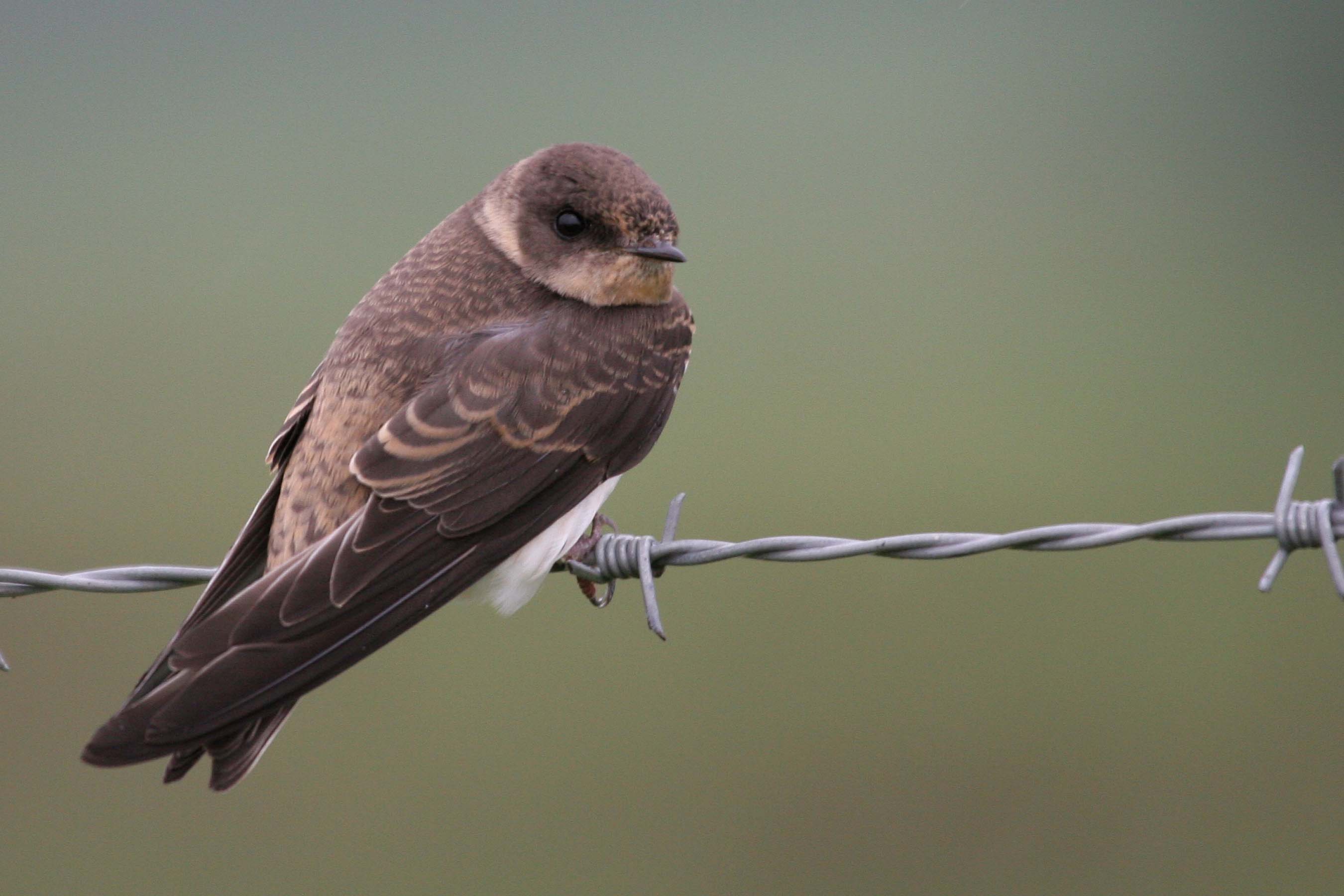Can you tell the difference between a house martin, sand martin and swallow?
With the trees in their Springtime flourish and the river thriving from recent downpours, the Falls of Clyde reserve becomes more picturesque by the day. Complimenting this, the native birds are a sight to behold.

We’ve been spending a great deal of time near Bonnington Linn recently, which is prime location for Sand Martins. However, to the untrained eye, it’s difficult to tell the difference between this species and other natives such as House Martins and Barn Swallows on the reserve too. All three species have long, pointed wings and short legs, with a common diet of insects.
So, what are the differences between them? Being the smallest of the three, a sand martin has a rapid flight with wings that are beaten backwards and towards its body during acceleration. Unlike the House Martin, it rarely glides. Their brown feathers on top, white underbelly and grey-brown breast band can be seen in great numbers as they hunt. A group does this in low flight over lakes and rivers. A House martin has the distinguishing feature of a large white rump. This contrasts its black upperparts and glossy blue crown and scapulars. Using its moderately forked tail, which is more so than a sand martin’s, it flies in gentle curves and at a low speed. It can be recognised by its frequent long glides and fluttery flight.
The most characteristic appearance of the three is the barn swallow. It has a long, deeply forked tail with thin streamers, adapted for efficient braking and turning. With a trio of colours, they have a glossy blue crown and upperparts, a white underbelly and a blood-red throat and forehead. Their fast and powerful flight is created by clipped beats, occurring both over low ground and at treetop height. Armed with this information, there’s no better time to go out and watch them for yourself!
Lori Moore – Assistant Ranger, Scottish Wildlife Trust
Help support our vital work and join us today!
Help protect Scotland’s wildlife
Our work to save Scotland’s wildlife is made possible thanks to the generosity of our members and supporters.
Join today from just £4 a month to help protect the species you love.
Preface
With the trees in their Springtime flourish and the river thriving from recent downpours, the Falls of Clyde reserve becomes more picturesque by the day. Complimenting this, the native birds …
